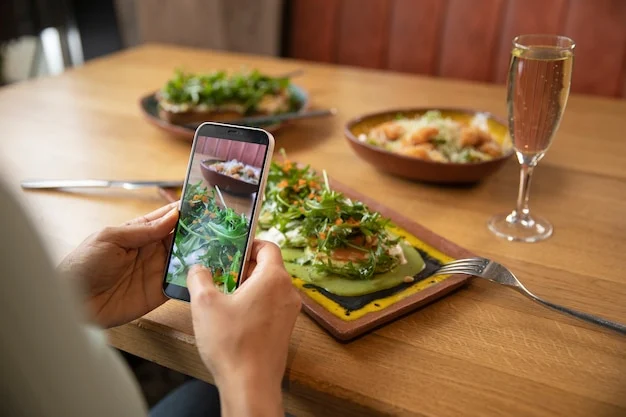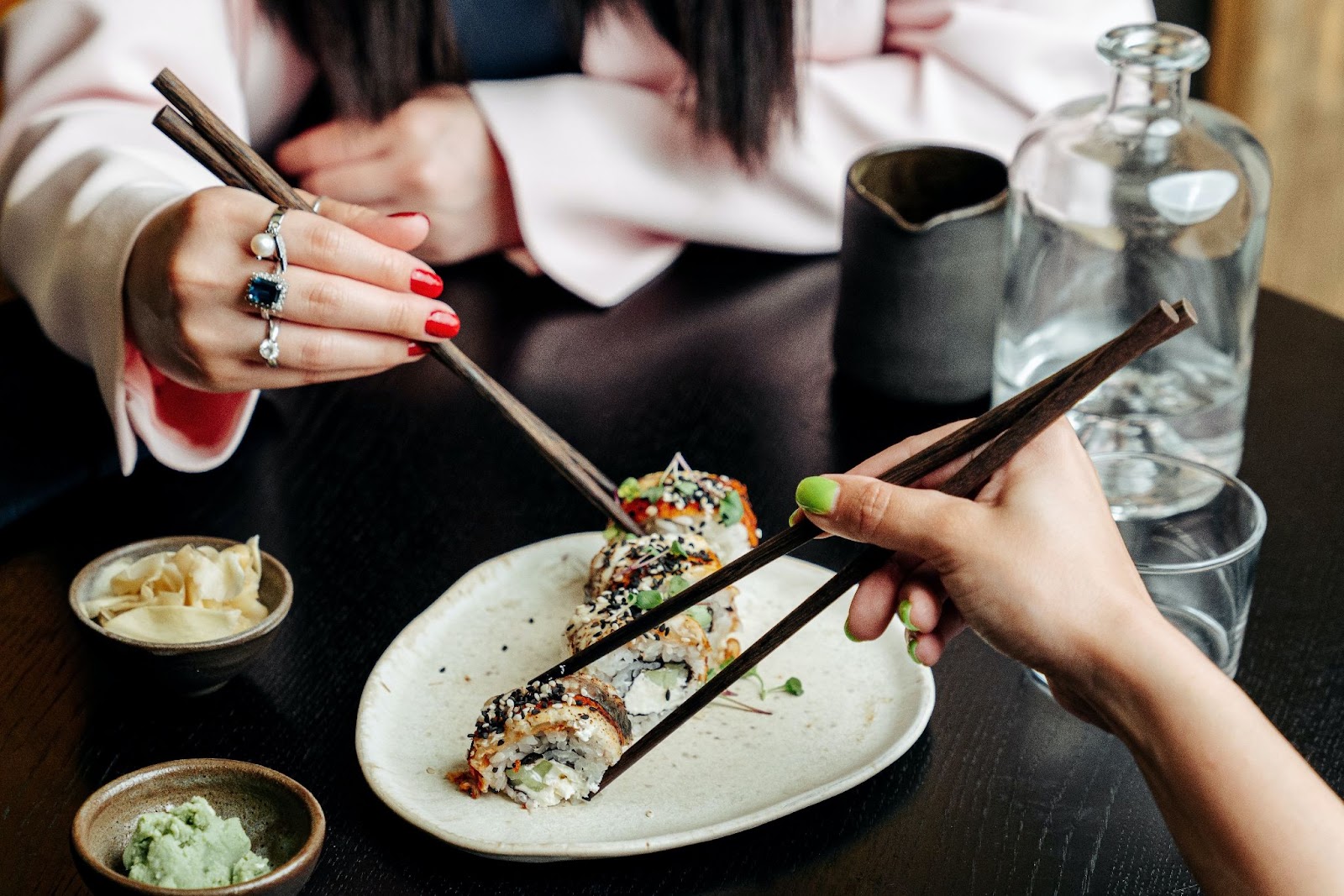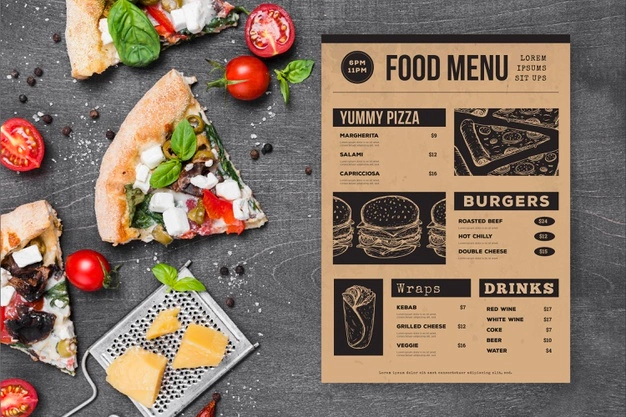Introduction
Everything changes and the dining world is no exception, with new technologies, consumer pattern shifts as well as global events pushing it in different directions. There are several trends on the horizon that will influence the way restaurants function and interact with customers before we reach 2025.
Sustainable Practices
The response is to stress sustainability, as restaurants start taking responsibility for their increasing carbon footprints. Sustainability initiatives strike a chord with eco-aware consumers: From utilizing locally grown ingredients to reducing food waste, the more they hear about it, the more likely these diners are to listen. A number of establishments are also opting for biodegradable packaging and energy-efficient appliances to help lower their carbon imprint as well.
Plant-Based and Alternative Proteins
Mycoprotein, meat analogues and other plant-based proteins have an increasingly widening role in the food industry. Restaurants are diversifying their offerings with jackfruit, tofu and lab. Appeals to health conscientious diners and those looking their reduce carbon footprint
Technology Integration
The dining experience is becoming tech-focused. By shifting over from AI-first chatbots for reservations to QR code menus, tech integration helps improve usability and speed up the process. Ordering and delivering with their own contactless payment systems as well as mobile apps make operations smoother and keep customers happier.
Personalized Dining Experiences
Personalization is the secret ingredient in customer acquisition and loyalty. Restaurants are using data analytics to personalize the experience down to individual diners from menu recommendations uniquely designed for your tastes and health profile, to corresponding promotions. When you know what individual guests are looking for, it gives you a chance to provide something special and memorable.
Ghost Kitchens and Virtual Brands
Ghost kitchens and virtual restaurants are changing the game. Delivery-only concepts cut back overhead costs while enabling restaurants to explore new cuisines, free from traditional constraints. This has been perpetuated in no small part by the rise of food delivery apps — which have given birth to a burgeoning industry of “virtual brands” which are restaurants that exist only online, able to reach huge audiences without having a physical storefront.
Health and Wellness Focus
For customers, health and wellbeing still matter. Restaurants are adding healthy, well-rounded offerings to their menus and focusing on making these dishes with ingredients that pack the most nutritional punch. Healthier Options: Being transparent about the sourcing and nutritional information used in many of these more healthiest dishes one will see that this creates a way to build trust with those health conscious patrons.
Experiential Dining
Experiential dining presents out of the box, immersive experiences beyond food. Restaurants that are theme-based, live cooking counters and experiential zones help in unique engagement of diners. Such experiences result in long-lasting memories and promote return visits.
Cultural Fusion and Global Flavors
Diverse Food Experiences Cultural fusion and global influence titillate diners with the exciting range of flavors available. Chefs are mashing up techniques and cuisines with abandon. The ensuing interest in global diversity and culinary creativity is something I see as positive.
Community Engagement and Social Impact
Increasingly, restaurants are being called to make more of a community impact and support charitable work; Encouraging the restoration of local charities, involving themselves with group events and collaborating with native producers are all invaluable elements to have inside an engaged community. The basic tenets of socially responsible practices strikes a chord with many consumers who wish to patronize businesses that also give back.
Flexible Dining Spaces
Restaurants have been opening things up on the dining front, making more of it suitable for different tastes, opportunities and dining experiences. Indoor and outdoor locations also feature flexible layouts and batch processing space allowing flexibility for quick serve or table service; casual gatherings, special events or fine dining experiences. This, in turn, empowers restaurants to better utilize their space and create different types of experiences.
Conclusion
Heading into 2025, these trends will create a new future for dining based on what consumers want and the technology that they have. Sustainability, personalization and innovation are just some of the ways restaurants can succeed in a crowded marketplace. Recognizing and adapting to these trends is critical if establishments are to stay relevant, interesting, and profitable in an ever changing dining scene.



